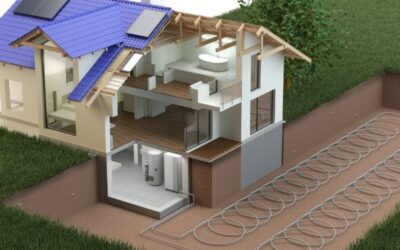According to the U.S. Environmental Protection Agency, the air inside homes is often more polluted than the air outside. You can protect your family’s health by improving your indoor air quality, but first, you need to find out exactly what the problem is. You can check your own indoor air quality, or IAQ, by installing a commercial monitor and looking out for bad smells or unexplained illnesses.
Installing an Indoor Air Quality Monitor
Many indoor air quality monitors, also called smart smoke alarms, can detect smoke or dust particles, carbon monoxide, ozone, formaldehyde, and other harmful chemicals. They can also monitor your indoor humidity. You can check some models from your computer or smartphone, and others provide video recordings if an alarm goes off. Models that offer weather forecasts and monitor indoor noise levels, light levels, and barometric pressure are also available.
Monitoring Bad Smells
A stale or musty smell could mean you have a mold problem. Mold can cause asthma and allergy symptoms, sinus problems, headaches, and more. It can also damage walls, floors, furniture, carpeting, and almost anything else in your home. Mold can grow underneath wallpaper and carpeting, so you might not notice it until it becomes a major problem if you don’t look for the source of the smell.
Watching for Unexplained Illnesses
If you feel bad when you’re in your home for more than an hour or two, you could have poor indoor air quality. It’s often caused by volatile organic compounds, or VOCs. These chemicals evaporate at close to room temperature, and they include many cleaners, paints, and air fresheners. Many people feel better when they leave a contaminated home and go outside or use natural products instead of products with VOCs.
If you experience any of these problems, Western Hills Heating & Air Conditioning can help you test your indoor air quality. We can also install, maintain, and repair a variety of HVAC equipment. Call us anytime at 812-227-3001 for great service from one of our experienced technicians.
Image provided by Shutterstock




